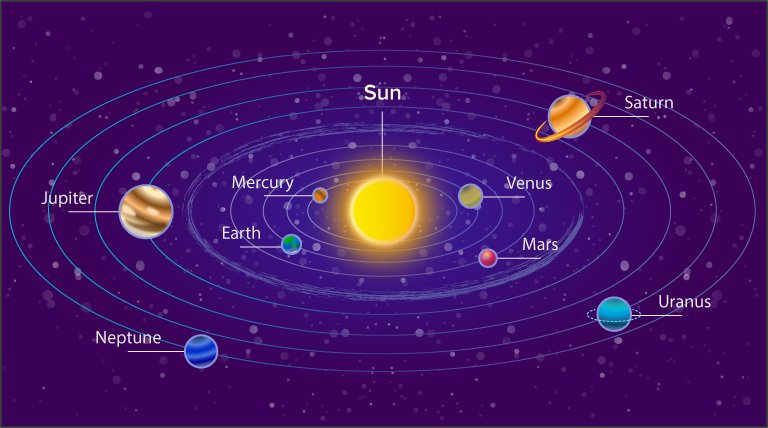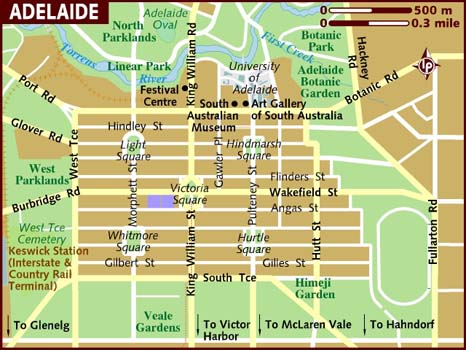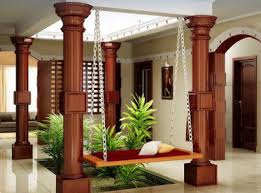Principle Five
There Should Be a Featured Central Point of Silence or Wholeness, that Marks the Heart of the Building.

Many structures in nature have a silent core of intelligence, around which is arranged the activity of the structure. We see this in the structure of atoms, cells, solar systems and galaxies.

The central point of an atom is the nucleus.

The central point of a cell is also a nucleus.

The Sun is at the centre of our solar system.

At the centre of every galaxy is a star.
.

Image of dude with outstretched arms and legs, with heart highlighted in the centre of the circle, similar to this.
In the human body, we can consider the heart to be the central, vital organ, both physically and emotionally. Physically, the heart is located approximately at the centre of the body. Its operation is so important that the body cannot function without it. Emotionally, the heart represents our capacity to give and receive love; it’s importance can be realised by considering the rhetorical question – what can we enjoy in life without love?
As is the Microcosm, so is the Macrocosm.
As in the structures of nature, there is also a central point in a FeelGood building. This element helps the building to become a holistic structure of Natural Law, consistent with the design of atoms, cells, the human body, solar systems and galaxies.
This central point is called a Brahmasthan (literal translation: place where Brahma, the source of creation, is established), or place where wholeness resides. You can consider it to be the heart of your house.
Cities designed according to Sthapatya Veda also have Brahmasthans so that every citizen is connected with the wholeness of Universal life. For example, the City of Adelaide, South Australia follows Vedic principles in its layout. It features roads and streets aligned with the cardinal directions, and five Brahmasthans, one at the very centre of the CBD, plus four others in each quadrant.

Divide city into 4 quadrants and highlight Brahmasthans. Enlarge compass in top right, and add points to it. Use this image.
The Brahmasthan in your home can be as simple as a marking on the floor, or as elaborate as an indoor garden beneath an atrium. The main point is that it should be feature of your house, decorated in some way, and not walked over.

The Central Point in this house is highlighted by a simple rug beneath a table holding a vase of flowers.

